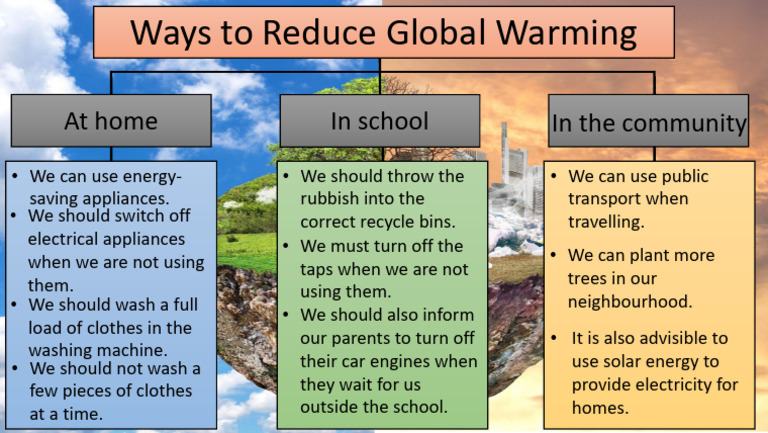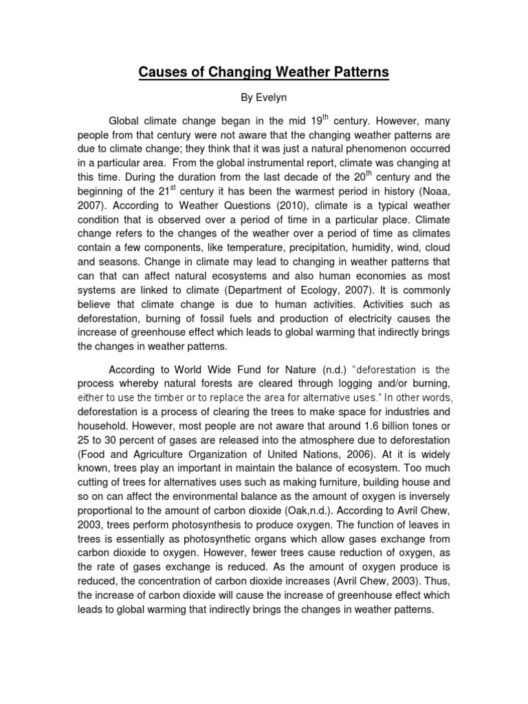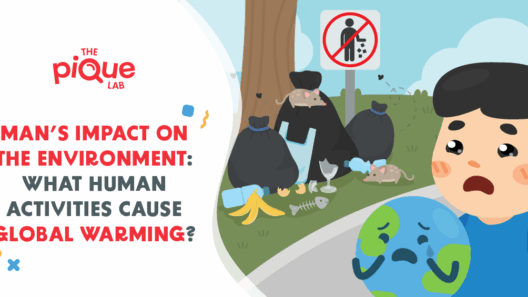Global warming has emerged as one of the paramount existential challenges of our time, posing grave threats to ecosystems, human health, and socio-economic stability. The urgency of addressing this phenomenon cannot be overstated. Nations must adopt a multifaceted approach that combines strategies, technologies, and collaborative efforts to combat this global crisis. The path to mitigating global warming lies not only in local actions but also in global cooperation. This article elucidates various mechanisms and initiatives that countries may pursue to reduce the problems associated with global warming while emphasizing the essence of unity.
To commence, understanding the sources of global warming is fundamental. The primary contributors include greenhouse gas emissions stemming from fossil fuel combustion, deforestation, industrial processes, and agricultural practices. These factors not only elevate atmospheric temperatures but also lead to severe weather events, rising sea levels, and loss of biodiversity. A concerted effort is required, wherein nations recognize their roles both as individual entities and as part of the global community.
One of the most potent strategies for reducing global warming is transitioning to renewable energy. Nations can significantly diminish their greenhouse gas emissions by investing in solar, wind, hydroelectric, and geothermal energy sources. Such investments not only serve to reduce reliance on fossil fuels but also stimulate local economies by creating jobs in the green technology sector. Countries that prioritize renewable energy development can collectively lessen global dependencies on oil and coal, thereby reducing carbon footprints on an international scale.
Equally imperative is the implementation of energy efficiency measures. Governments can enact stringent regulations that require businesses and households to adopt more efficient technologies. This not only reduces energy consumption but also curtails emissions. Initiatives could include promoting smart grids, energy-efficient appliances, and green building certifications. By fostering a culture of efficiency, nations can set a benchmark for sustainable living that others may emulate.
Forestation and reforestation efforts also warrant mention as effective remedies. Trees play a critical role in sequestering carbon dioxide, thus mitigating atmospheric pollution. Nations can establish policies that protect existing forests, combat illegal logging, and promote sustainable land use practices. Additionally, afforestation initiatives can contribute positively to biodiversity and ecosystem restoration. This comprehensive approach to forest management can help offset historical emissions while enhancing local and global biodiversity.
Moreover, sustainable agricultural practices can yield substantial benefits. Agriculture is a significant emitter of greenhouse gases, with practices such as methane emissions from livestock and carbon dioxide released from soil. By adopting practices like regenerative agriculture, agroforestry, and organic farming, nations can reduce these emissions. Collaborative research endeavors can assist in developing crop varieties that require less water and fertilizer, thereby further minimizing environmental impacts.
Transportation systems account for a considerable share of global greenhouse gas emissions. Nations can revolutionize their transportation networks by investing in public transit systems, promoting electric vehicles (EVs), and encouraging the use of alternative modes of transport such as cycling and walking. United efforts to create interconnected, efficient, and sustainable transport systems can yield substantial reductions in emissions while improving public health and urban livability.
International cooperation should also emphasize policy alignment and cooperation on a global scale. Agreements such as the Paris Agreement demonstrate the potential for nations to work together towards common climate goals. Under such frameworks, countries can set ambitious national targets while exchanging technologies and best practices. Financial mechanisms, such as climate adaptation and mitigation funds, can support developing nations in their transition to sustainable economies. Wealthier nations hold a moral obligation to assist lesser-developed countries—this is not merely an act of charity but an investment in the global survival of humanity.
Industry participation is another crucial component of the global warming solution. Corporations must embrace sustainability initiatives, transitioning to lower-carbon production methods. By committing to carbon neutrality, businesses can drive innovation and efficiencies that contribute positively to climate goals. Additionally, by cultivating consumer awareness, companies can encourage individuals to make eco-friendly choices, creating a ripple effect across communities.
Furthermore, investing in climate education and awareness plays a pivotal role in fostering a collective consciousness about the urgency of addressing global warming. Governments and NGOs can create educational programs that not only inform the public about climate issues but also empower them to take action. Engaging citizens at the grassroots level builds a sense of responsibility and can lead to significant behavioral changes and grassroots movements advocating for policy change.
Although addressing global warming seems daunting, hope resides in collective action. Each nation bears responsibility, yet their unique contributions can catalyze a larger movement toward a sustainable future. Through collaboration and innovation, the synergy of ideas and resources can yield unprecedented solutions. The essence of our time demands a paradigm shift, where nations transcend traditional boundaries and unite for the common good. Building a sustainable future relies on embracing curiosity, sparking change, and understanding that our fates are interwoven. The promise of global cooperation stands as a beacon of hope—a testament to human ingenuity and resilience, inspiring action today for a better tomorrow.






